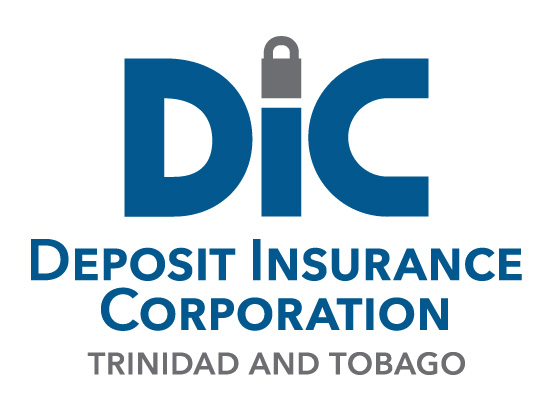Yes. If each of the co-owners has personally signed a valid account signature card and has a right of withdrawal on the same basis as the other co-owners, the joint account and each of the individually owned accounts are separately insured up to the $200,000 maximum. (The execution of an account signature card is not required for time certificates of deposit or any other deposit obligation evidenced by a negotiable instrument, but the deposit must in law be jointly owned.) However, the insurance protection on joint accounts is not increased by rearranging the names of the owners, changing the style of the names, or by establishing more than one joint account for the same combination of owners in the same insured institution. No joint account shall in any case be entitled to insurance coverage in excess of $200,000.
Frequently Asked Questions
- What procedure does the DIC follow after an institution has been closed?
- How is a depositor notified of the date and place of payment of his or her claim after an institution is closed?
- Are any other cash liabilities of financial institutions covered?
- When can an eligible depositor expect to receive his or her money?
Did You Know?
- Misconception: Depositors of a failed member institution have an unlimited time within which to make a claim on the Fund. - Fact: Depositors are granted a 12 month window in which to make a claim after which they can claim against the estate of the failed member. After the passage of 12 months, claims can only be made against the estate of the failed member institution payment for which would depend …




